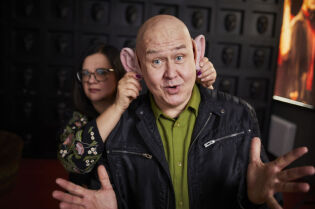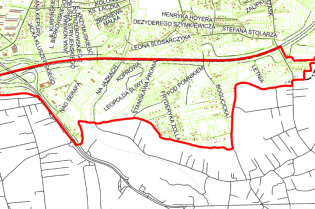3oC
1014.6 hPa
Źródło danych: IMGW-PIB
Bogusławy i Bogumiły
JAKOŚĆ POWIETRZA data pomiaru 2024-04-18 22:00 data pomiaru 2024-04-18 22:00 data pomiaru 2024-04-18 23:00 data pomiaru 2024-04-18 23:00 data pomiaru 2024-04-18 22:00 data pomiaru 2024-04-18 23:00 data pomiaru 2024-04-18 22:00 data pomiaru 2024-04-18 22:00 data pomiaru 2024-04-18 22:00
Umów się na wizytę w Urzędzie Miasta Krakowa WIĘCEJ
Aktualności

Budowa S7: dwa tygodnie bez tramwajów na ul. Kocmyrzowskiej

Dodatkowe przystanki autobusowe w rejonie Olszy

Uwaga na przymrozki i oblodzenia!

Bogusław Kośmider zakończył pracę jako zastępca prezydenta

Nie robię spektaklu po to, żeby polaryzować. Robię spektakl po to, żeby tworzyć wspólnotę

O ekotransporcie podczas Krakowskiej Akademii Klimatu

Nowelizacja zapisów o parku kulturowym w Nowej Hucie

Zobacz, co słychać w Twojej dzielnicy

II tura wyborów samorządowych w Krakowie

Zmiana godzin obsługi Klientów Wydziału Spraw Administracyjnych

Kolejne plany miejscowe w trakcie sporządzania

Rozbudowa ul. Stelmachów, Piaskowej i Jordanowskiej – zaawansowanie prac

Kto zostanie Filantropem Krakowa A.D. 2023?

Ośrodek Ruczaj o krok od stanu surowego

Niebawem ruszą tężnie solankowe i pitniki, potem miejskie fontanny

„Mecenas Dziecięcych Talentów” wspiera uczniów! Zgłoś dziecko do programu
Informacje praktyczne
Multimedia
Do poczytania

Kraków.pl nr 7 (343), 17.04.2024 r.
Opinie, stanowiska, polemiki
Kraków w pigułce
Kraków dla
E-samorząd
Polecamy
Atrakcje turystyczne
















